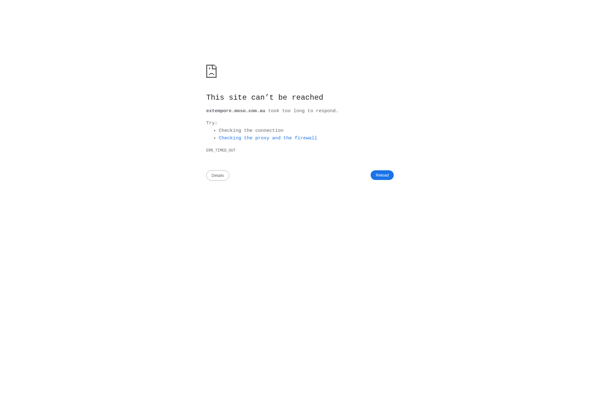Faust
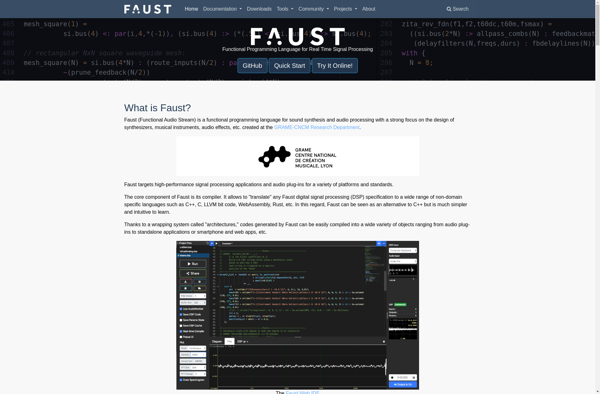
Faust: Open-Source Audio Signal Processing Language
Realtime audio signal processing language for developers to create audio effects, synthesizers and other applications by translating Faust code into efficient C++ programs.
What is Faust?
Faust (Functional Audio Stream) is an open-source functional programming language designed specifically for realtime signal processing and synthesis of high-performance audio effects and applications. It was created by the Music Representations research group at GRAME - National Center for Music Creation in Lyon, France.
Faust allows developers to write high-level signal processing algorithms using a pure functional programming style. The key features and benefits of Faust include:
- Concise syntax and intuitive abstractions for signal processing
- Architecture-agnostic - output code supports a variety of platforms (desktop, web, embedded, etc)
- Just-in-time compilation through various backends (C++, C, Java, WebAssembly etc)
- Efficient auto-vectorization optimized for audio DSP
- Integrated with major audio plug-in formats like VST, Audio Unit, etc
Using the Faust compiler, the high level functional language can be translated into highly optimized C++ code tailored for a specific target architecture. Developers can create realtime audio processing and synthesis applications like virtual analog synthesizers, guitar effects pedals, audio filters, modulation effects, spectral analyzers and more with ease using Faust.
Faust Features
Features
- Functional programming language
- Real-time audio signal processing
- Code compilation to C++
- Audio effects and synthesizers development
- DSP algorithm optimization
Pricing
- Open Source
Pros
Cons
Official Links
Reviews & Ratings
Login to ReviewThe Best Faust Alternatives
Top Audio & Music and Audio Processing and other similar apps like Faust
Here are some alternatives to Faust:
Suggest an alternative ❐Overtone
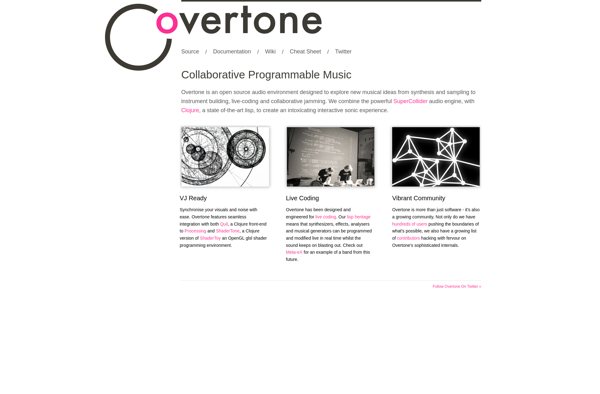
Sonic Pi
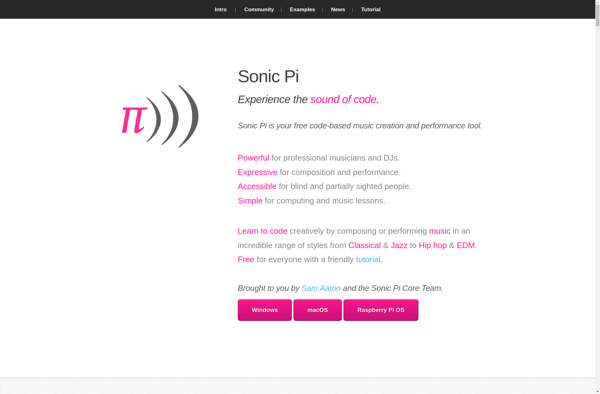
Synthesine
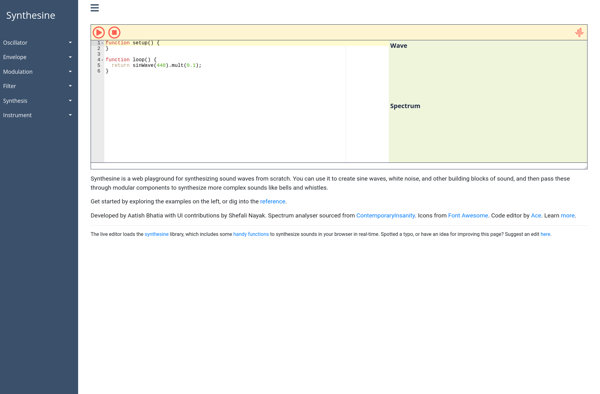
Klangmeister
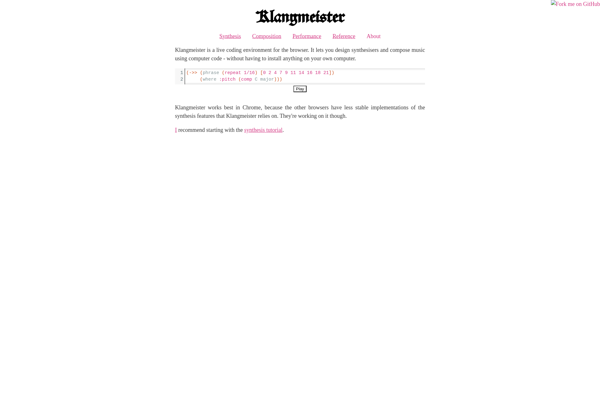
Nyquist
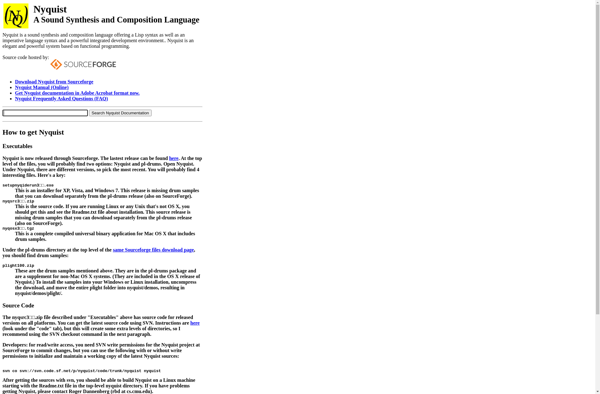
SuperCollider
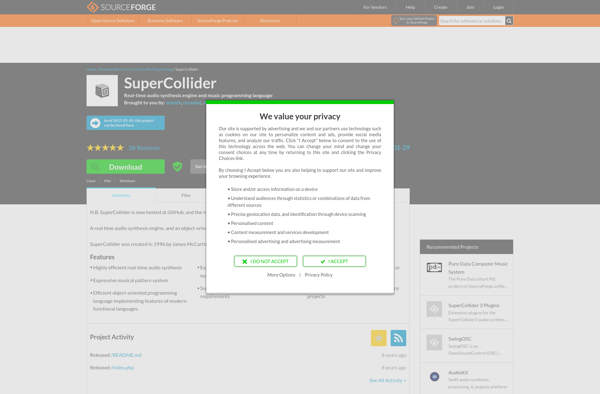
Negasonic
Wavepot
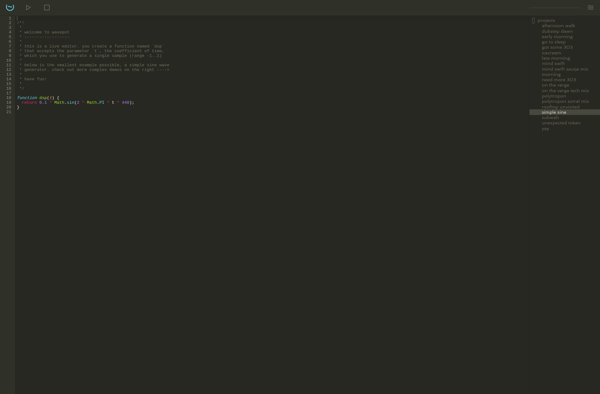
Evaluator
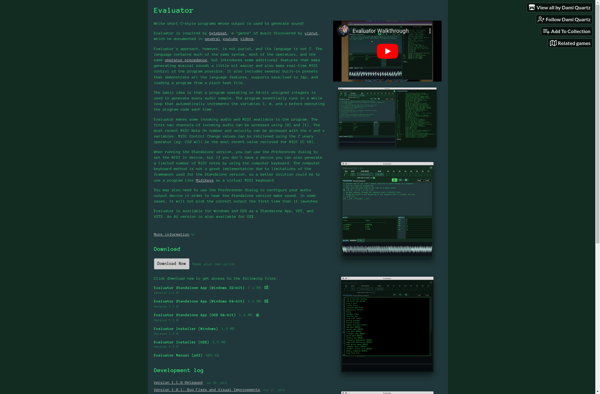
ChucK
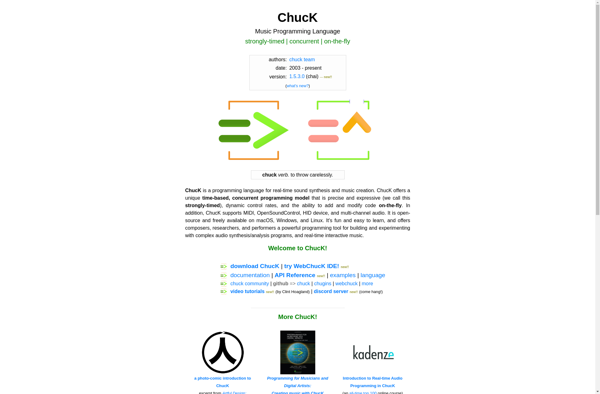
AudioMasher
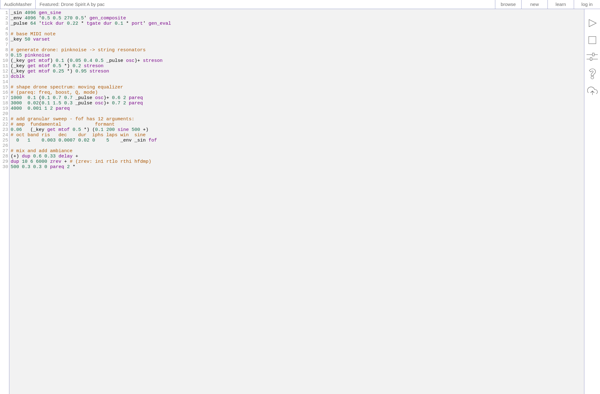
Csound

SOUL programming language
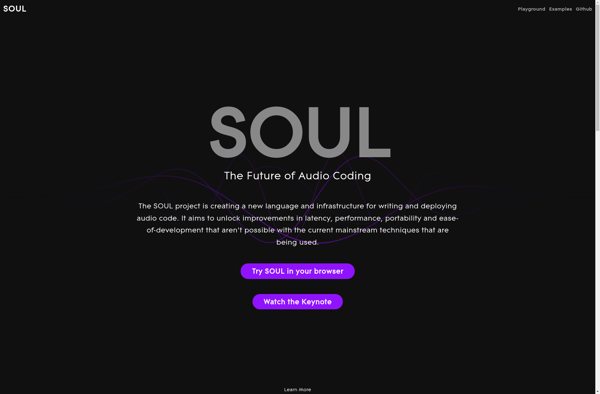
Gibber
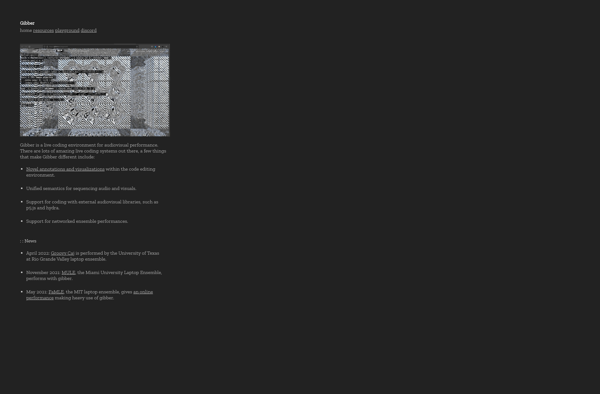
Extempore
